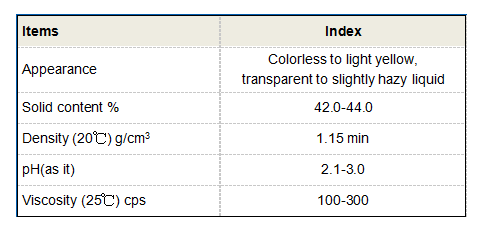High-Quality Polyacrylamide Supplier for Diverse Industrial Applications and Solutions
The Role of Polyacrylamide Manufacturers in Industry
Polyacrylamide, a versatile polymer, plays a critical role across various industries, including water treatment, oil recovery, agriculture, and food processing. As the demand for this multifunctional compound grows, the role of polyacrylamide manufacturers becomes increasingly significant in supporting these industries with quality products and innovative solutions.
Understanding Polyacrylamide
Polyacrylamide is produced from acrylamide and is available in several forms, such as anionic, cationic, and nonionic. Each type has distinct properties that make it suitable for specific applications. Anionic polyacrylamide is commonly used in water treatment processes, where it helps in coagulation and flocculation. Cationic forms are often utilized in papermaking, as they enhance the wet strength and improve fiber bonding. Nonionic polyacrylamide serves in various applications, including soil conditioning and sediment control.
The Importance of Quality
The effectiveness of polyacrylamide in industrial applications largely depends on its quality. Manufacturers face the critical challenge of producing polyacrylamide that meets industry standards and customer specifications. Quality control measures, such as rigorous testing for molecular weight, charge density, and purity levels, are essential to ensure that the polymer performs as expected. Reliable polyacrylamide manufacturers implement these quality controls, providing businesses with confidence in the products they use.
Innovation and Research
The landscape of polyacrylamide manufacturing is evolving, driven by advancements in technology and increasing environmental regulations. Manufacturers are investing in research and development to create more efficient and sustainable production processes. For instance, techniques that minimize waste and reduce energy consumption are being explored. Additionally, eco-friendly alternatives to traditional polyacrylamide are gaining traction, with manufacturers focusing on biodegradable options to meet the demands of environmentally conscious consumers.
polyacrylamide manufacturer

Customization and Flexibility
In today's competitive market, customization is a vital factor for polyacrylamide manufacturers. Different industries require specific formulations to address their unique challenges. For example, in oil recovery, the viscosity and thermal stability of polyacrylamide solutions can significantly impact the extraction efficiency. Manufacturers are increasingly offering customizable solutions that allow clients to specify their requirements for molecular weight, formulation type, and other critical parameters. This flexibility fosters stronger partnerships between manufacturers and their clients, ultimately leading to optimized performance in various applications.
Supply Chain and Distribution
The global nature of the polyacrylamide market creates both opportunities and challenges for manufacturers. Efficient supply chain management is critical to ensuring timely delivery of products to customers worldwide. Manufacturers must navigate issues such as fluctuating raw material prices, transportation logistics, and regulatory compliance across different regions. Those who successfully manage their supply chains can leverage their position in the market to provide competitive pricing and dependable service to their clients.
Conclusion
Polyacrylamide manufacturers are integral to many crucial industries, providing essential materials that enhance processes and efficiency. As the demand for polyacrylamide continues to rise, these manufacturers will play a pivotal role in driving innovation, quality assurance, and customization in polymer solutions. By adapting to changing market needs and advancing sustainable practices, polyacrylamide manufacturers not only support their customers but also contribute to a more sustainable future.
In summary, the evolution of polyacrylamide production is closely tied to the needs and challenges of various industries, making manufacturers key players in the broader economic landscape. Whether through developing eco-friendly alternatives or optimizing production processes, their impact is felt far and wide, highlighting the importance of this seemingly simple polymer in our daily lives and industrial applications.
-
Water Treatment with Flocculant Water TreatmentNewsJun.12,2025
-
Polymaleic AnhydrideNewsJun.12,2025
-
Polyaspartic AcidNewsJun.12,2025
-
Enhance Industrial Processes with IsothiazolinonesNewsJun.12,2025
-
Enhance Industrial Processes with PBTCA SolutionsNewsJun.12,2025
-
Dodecyldimethylbenzylammonium Chloride SolutionsNewsJun.12,2025





